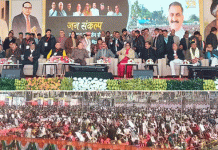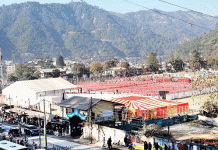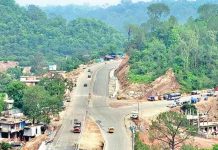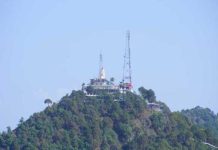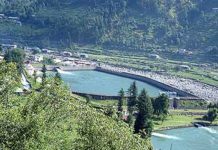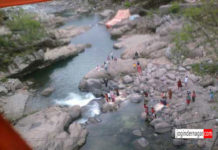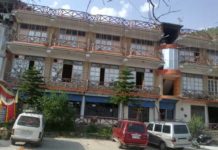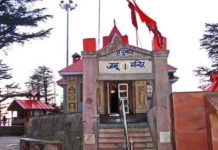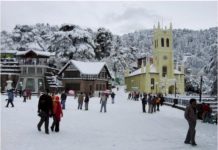History
The building that houses the Institute was originally built as a home for Lord Dufferin, Viceroy of India from 1884–1888 and was called the Viceregal Lodge. It housed all the subsequent viceroys and governors general of India. It occupied the Observatory Hill, one of the seven hills that Shimla is built upon.
The whole ambiance is Royal and extravagant
The building was designed by Henry Irwin, an architect in the Public Works Department at that time. The Viceregal Lodge had electricity as far back as 1888, much before the rest of the town of Shimla.
The building also was equipped with a sophisticated fire fighting mechanism through wax tipped water ducts.
Many historic decisions have been taken in the building during the Indian independence movement. The Simla Conference was held here in 1945. The decision to carve out Pakistan and East Pakistan from India was also taken here in 1947.
On the 6th October, 1964 the Indian Institute of Advanced Study (IIAS) came into being as a Society created by the Government of India’s Ministry of Education. The following year, on the 20th of October, the Institute was formally inaugurated at Shimla by the-then President of India, Professor S. Radhakrishnan. In accordance with his wishes the Institute aims at a free and creative inquiry into the themes and problems of life and thought. As a residential centre for research, it encourages creative thinking in areas of deep human significance.
In this sense the Institute serves as a tribute to the memory of that great seer and profound scholar. The environment of the Institute is eminently suitable for academic pursuits – especially in select areas of the Humanities, Indian Culture, Religion and the Social and Natural Sciences. From time to time, other fields of research are added. As the nation’s premier institution deliberating on these issues, today, the Institute provides facilities for advanced consultations and collaboration. It also has comprehensive library and documentation facilities.
Library
Library holds a rich and different range of materials in Humanaties and Social Science discipline. Established in 1965, the Library today is truly a 21st century resource centre. The Library has been established to facilitate, promote and support research to Fellows of the Institute. It is one of the leading research and reference libraries in Humanities and Social Science in the country. The Social Science collections, in fact, are worldwide in coverage and value. It has grown into one of the most qualitative and well-equipped resources in Humanities and Social Sciences.
The Library uses Libsys software package which is an integrated multi-user library management system that supports all in- house operations of the Library.
MISSION
To facilitate advance research at IIAS, by providing information resource and user-centred services of the highest possible quality. The mission of the Library is to provide access to high quality information resources in all forms to the Fellows, Visiting Fellows, Associates and staff. With a commitment to excellence in services, the Library offers information resources and innovative services to support the intellectual inquiry, research and lifelong learning needs of Fellows of the Institute.
The Library is the Learning Resource Centre and gateway for information required in advancing the academic and research programs at IIAS. The Library supports the research programs of IIAS through collections, technology and services which enable Fellows, Visiting Scholars and Associates to access knowledge and information resources in all formats.
Areas of Research
The Institute’s Memorandum of Association has identified the perspectives that should guide research in different areas: These are:
(1) The areas of investigation should be such as would promote interdisciplinary research;
(2) The themes of research should be those for which the initial facilities required are not too costly;
(3) The areas identified should have deep human significance;
(4) The principal areas should be those in which scholars of eminence can be attracted in the initial stages, both for the purposes of developing the methodological framework for interdisciplinary research and for ensuring an acceptable quality in output that will encourage extension of such efforts to more areas in future; provided that in selecting the projects, attention should be given to areas of national relevance and whatever possible, appropriate consultations should be held with Government Departments, Research Organizations etc., in determining them. Each of these projects should, however, be for a specified period and under no circumstances, the period of such projects should be extended. At the end of each of these projects, there should be a publication, setting out the results.
How To Reach
By Road
Shimla is connected by road to Chandigarh, Delhi, Dehradun, Kalka, and other major north-Indian towns.
By Air
Jubbarhatti airport, 22 km from Shimla has regular flights from Delhi.
By Train
The broad-gauge line terminates at Kalka, about 100 kms down in the plains. The Kalka station is connected to most major cities in India, including Delhi and Calcutta.







